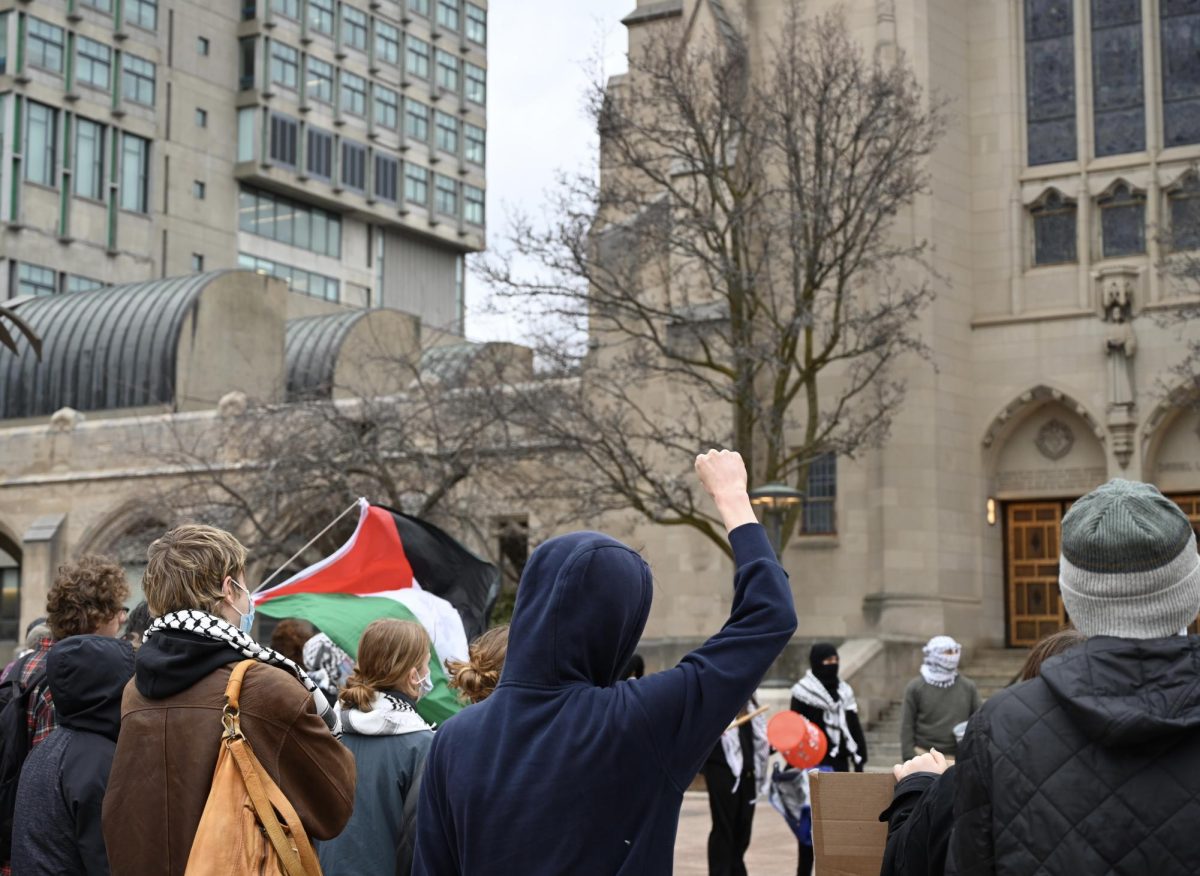Okay, it is not quite that bad.
Following the economic breakdown and financial crisis in September, the weakness in the retail market became apparent. Not only did a series of mass layoffs and accelerated foreclosures make retailers’ holiday season as hopeful as the ghost of Christmas yet to be, but the crisis also exposed inherent flaws long overlooked by a seemingly healthy economy.
Consumer spending in the United States accounts for about two-thirds of American economic activity. Not all of that is mall retail, but a significant amount is. Americans benefit from an incredible diversity of stores across – and within – individual socioeconomic groups. Ready access to credit and job growth have enabled this situation to endure. At the same time, retailers flush with income and massive lines of credit expanded and expanded, building new stores everywhere and leading to more and more shopping malls, centers and districts.
However, it took this slowdown to reveal how this expansion has only imperiled the industry further. The U.S. is, in the word of one observer, ‘overmalled.’ We have something in the range of four to six times the retail space per capita compared to most First World countries. Even before this crisis, more and more space went unrented. We have seen this phenomenon before when, over the last half-century, downtowns dried up in favor of suburban malls.
Today, however, mall operators and the malls that shut downtowns down 30 years ago face closure. Still, over the past decade, more and more shopping centers have sprouted. Some were built in recently developed suburbs or for existing populations that lacked convenient access to existing centers. However, many more were not, and the end result condemned their predecessors to closure, their employees therein to the unemployment line and the local community to a devastating loss of taxes.
You can see this happening in Boston right now. There is a development under review near Fenway Park, which will include, among other things, new retail outlets. Simultaneously, Boston Mayor Thomas Menino wants to transform the garages of nearby Boylston Street into a mid- to high-end shopping destination. However, what will that do to Newbury Street, where tenants are dwindling? How will that impact Downtown Crossing – historically, the city’s shopping haven – which has fallen on tough times since Filene’s closure?
There is no harm in building new shopping venues or redeveloping existing districts when the old facilities have outlived their usefulness. Very often though, this is not the reason. An economic development official from my hometown told me that the reason he and his colleagues pursue retail development is because retail is usually willing to build with only a modicum of incentive.
Obviously, neither retail nor anybody else is building or growing anywhere today. Either way, as we attempt to reorganize this messed up economy, we need to seriously consider what retail’s place will be and how it can grow without saturating the market to its own downfall.























































































































